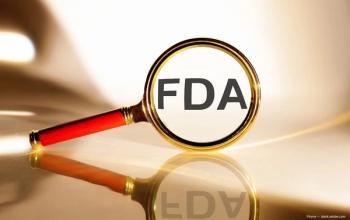
Risk factors for vision loss with untreated DME and good baseline BCVA
Study: Older age and eyes with severe nonproliferative diabetic retinopathy or proliferative diabetic retinopathy had a higher risk of a vision loss event.
Older age and worse diabetic retinopathy are risk factors for vision loss among patients with untreated diabetic macula edema (DME) and good baseline best-corrected visual acuity (BCVA), according to first author Daniella Lent-Schochet, BS, from the Department of Ophthalmology and Vision Science, University of California Davis, Sacramento.
She and her colleagues conducted a retrospective cohort study1 of eyes with long-term untreated center-involving DME and a baseline VA of 20/25 or better evaluated between March 2007 and March 2018. The study goal was to identify clinical and anatomic factor-associated vision loss in eyes with treatment-naïve DME and good initial VA.
Fifty-six eyes of 48 patients with untreated DME and mean baseline BCVA of 0.05 ± 0.05 logarithm of the minimum angle of resolution (Snellen, 20/22) were followed for 5.1 ± 3.3 years on average. The median time to visual loss was 15 months.
“Older age (hazard ratio [HR] 1.04/year, p = 0.0195) and eyes with severe nonproliferative diabetic retinopathy (HR 3.0, p = 0.0353) or proliferative diabetic retinopathy (HR 7.7, p= 0.0008) had a higher risk of a vision loss event. No spectral-domain optical coherence tomography biomarkers were associated with vision loss except central subfield thickness (HR 0.98, p= 0.0470) and cyst diameter (HR 1.0, p = 0.0094),” the investigators reported.
Reference
Lent-Schochet D, Lo T, Kieu-Yen L, et al. Lent-Schochet D, Lo T, Kieu-Yen L, et al. Natural history and predictors of vision loss in eyes with diabetic macular edema and good initial visual acuity. Retina. 2021;41:2132-9.
Newsletter
Don’t miss out—get Ophthalmology Times updates on the latest clinical advancements and expert interviews, straight to your inbox.
















































.png)


